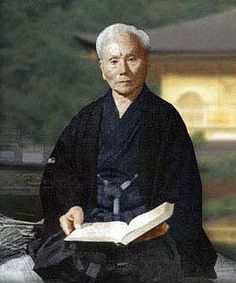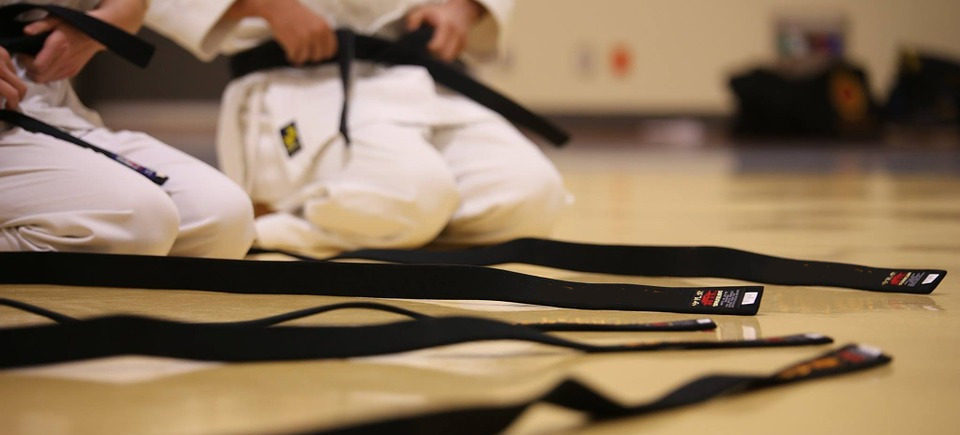Shotokan Karate – a very brief history…

At TKCW we teach and practice Shotokan karate, the style devised by Gichin Funakoshi (1868-1957). Funakoshi sensei (the Japanese word for teacher) studied the martial arts of Okinawa which are centuries old. Karate translates to “empty hand,” a description of self defense techniques that use the hands and feet as weapons, and train the mind to increase focus and power.
Funakoshi was a school teacher for 30 years before he embarked on a mission to teach and promote the fighting styles of his native Okinawa to students on the Japanese mainland. In 1922 he performed demonstrations in Tokyo that became the basis of the teaching of karate in Japanese schools, and the adoption of a belt ranking system as existed in the sport of Judo. The name Shotokan incorporates Funakoshi’s pen name “Shoto” (roughly translated to “whispering pines”) and “kan” (“house”). Although there are a variety of styles of karate, Shotokan is among the most popular with over 5,000,000 practitioners in 68 countries worldwide.
Why Shotokan karate?
Shotokan karate is a system that offers a variety of benefits to students who follow Funakoshi’s principles. Building strength, endurance, flexibility and mental clarity all result from the traditional training methods. There are three main categories of study in our system:
1. Kihon – Rigorous basic movements such as blocks, strikes and kicks. These movements are done in strong stances which improve stability and power in the legs. Emphasis is on breathing, energy and correct form.
2. Kata – Sequences of movements, incorporating the blocks, strikes and kicks of karate. These traditional sets of movements represent attack and defense concepts which create important muscle memory that is the foundation of self defense.
3. Kumite – Sparring between karate students to give a sense of how to apply the techniques mentioned above. Drills vary from scripted attack and defense situations to free-sparring (sport karate competition).
Dojo Kun (precepts of the dojo)
Part of the traditional atmosphere at TKCW is an adherence to etiquette that demonstrates respect for the dojo (gym), sensei (teacher) and to other students. Bowing when entering and leaving the training space, when performing kata, and when thanking a teacher are all ways to be mindful and appreciative. Each class begins with a short meditation while facing the front wall (shomen) of the dojo. Students are expected to listen attentively and respond with spirit when instructed by their sensei.
Five basic precepts have been handed down from Funakoshi sensei, and they hang on the front (shomen) wall to remind students of their importance to Shotokan karate training. When reciting each of the dojo kun, the student says “hitotsu” or “first,” to indicate that each of the following concepts are equally important:
1. Refrain from violent and impetuous behavior.
2. Be faithful and sincere.
3. Exert oneself in the perfection of character.
4. Respect propriety.
5. Cultivate the spirit of perseverance.

